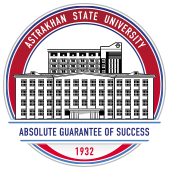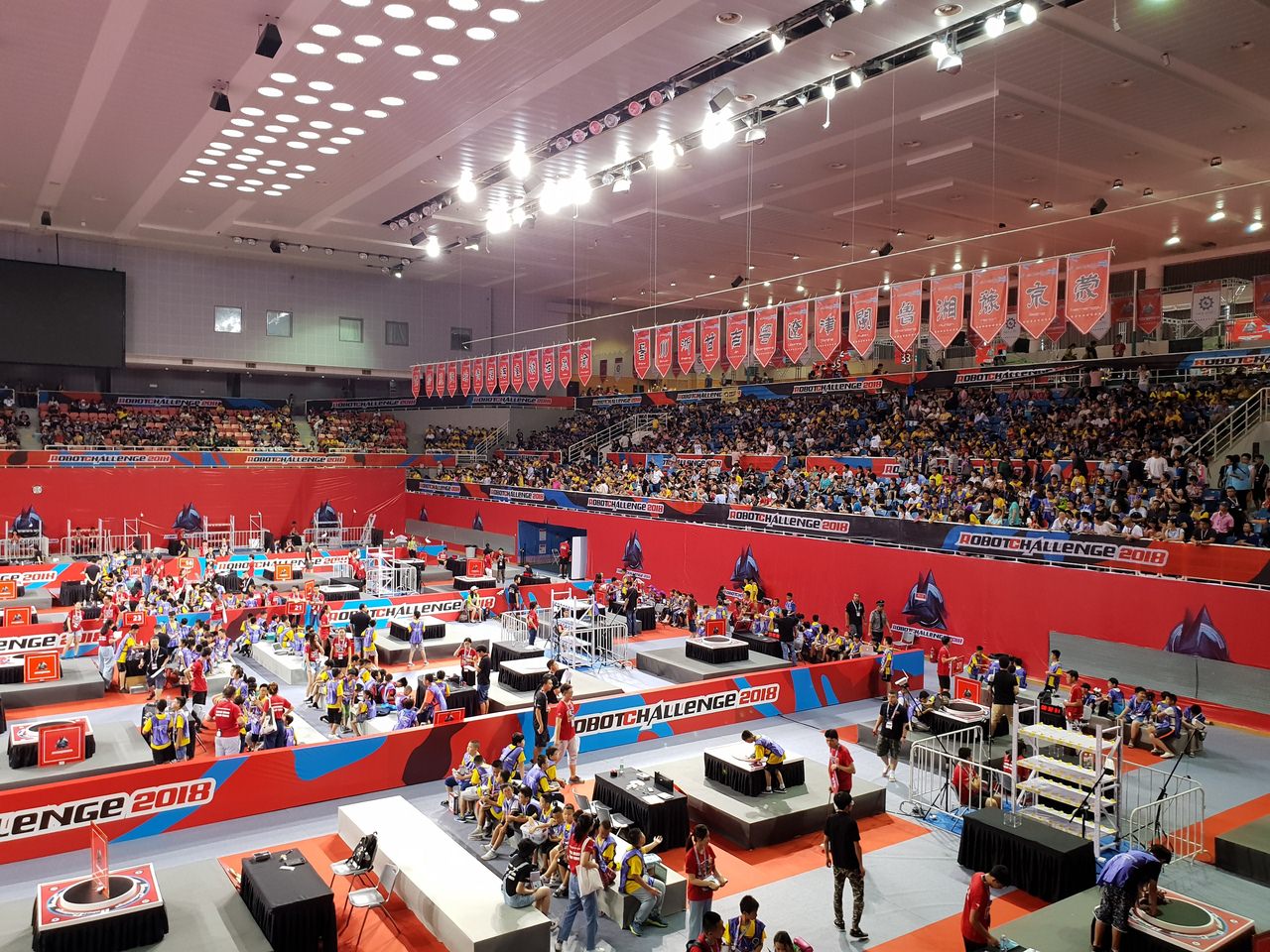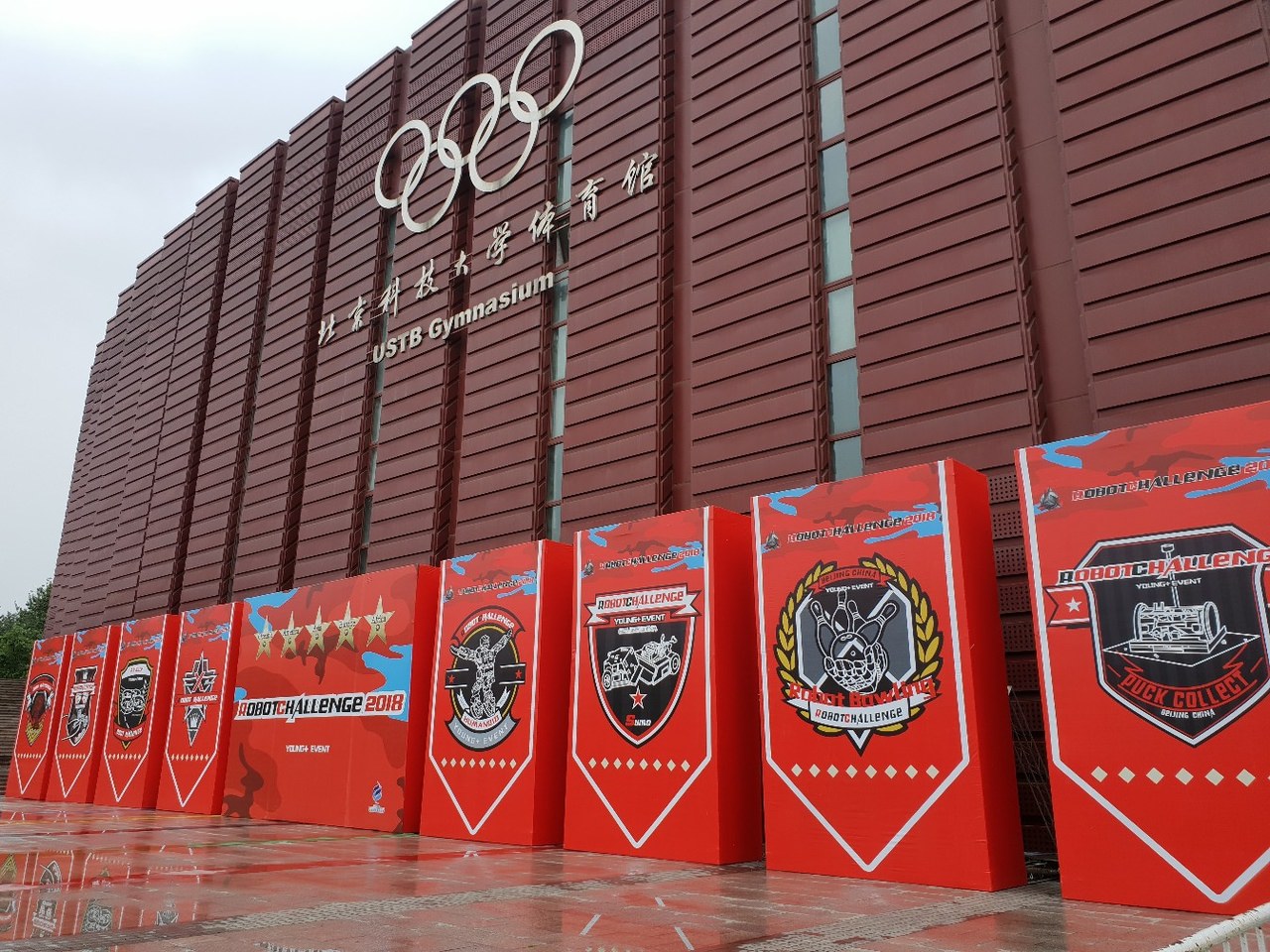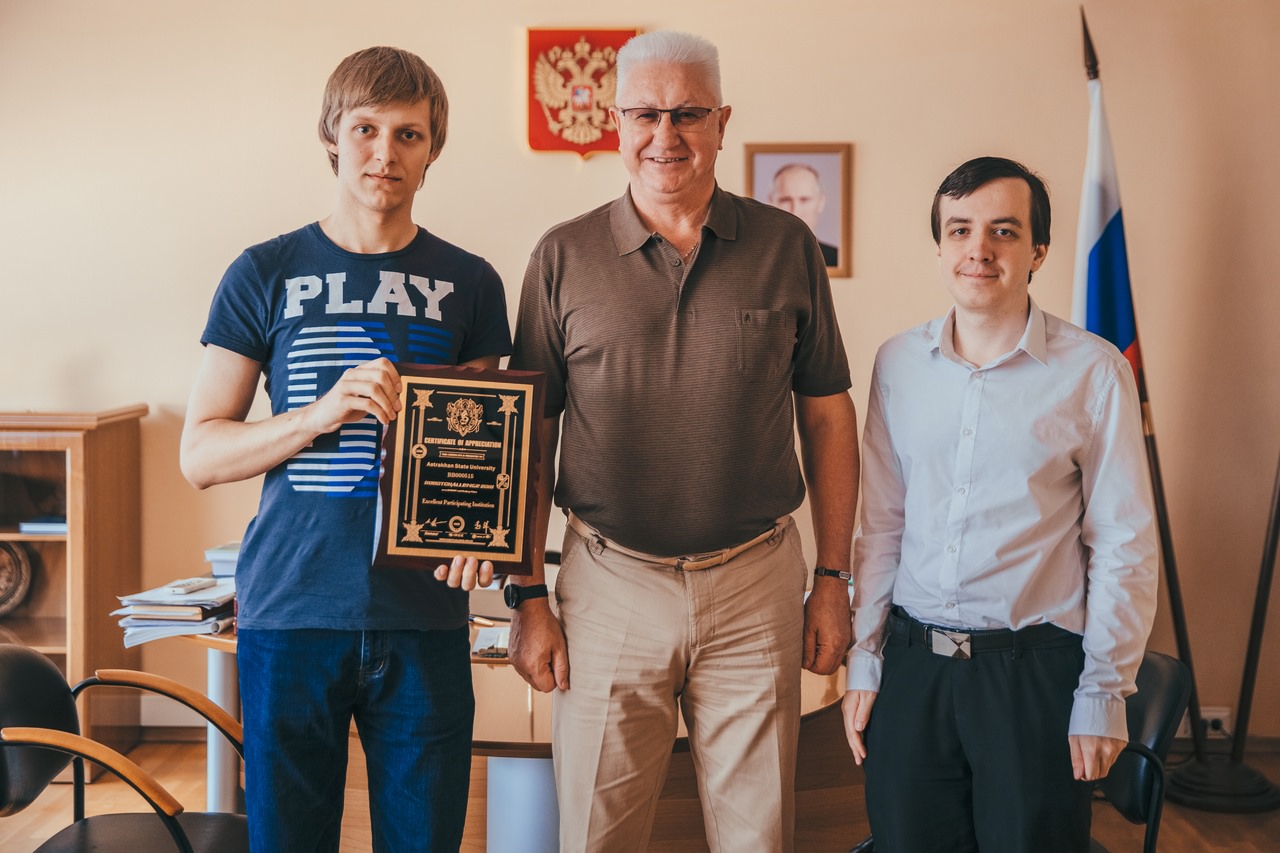Students of ASU Reveal Secrets of Robotic Battles
 22.08.2018
22.08.2018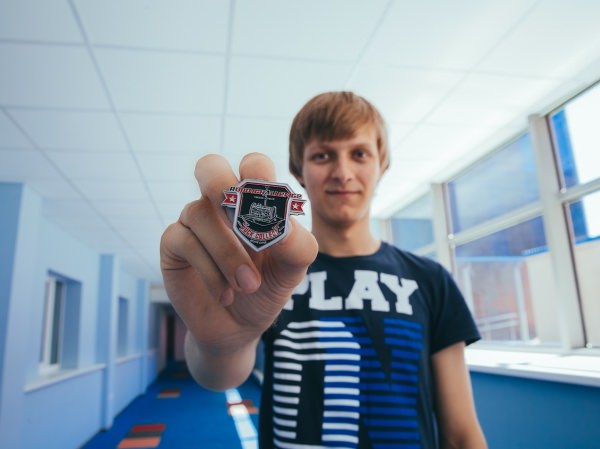
Students of Astrakhan State University shared their experience of participation in robotic competitions. They mentioned the most attractive types of contests for their participants, as well as those which are for professionals only. The team of roboticists told us how their started their R&D and what trials await their robots.
Mikhail Ilmenskiy and Ivan Kolesnikov recently won an international battle of robots. It was not their first competition. They say that every single year they take over five trips to various championships and festivals; they take prizes at practically any event.
“Misha has been interested in mechanics since childhood. I was interested in programming already when I was a schoolboy. At high school, we studied in the same class; then we entered ASU together. We made our first robot to take part in the Robofest competitions; we won it, even though we faced more experienced competitors on the game field”, Ivan says.
The international system of competitions in robotics provides a lot of opportunities. Mechanical devices participate in rallies; they throw balls, go upstairs, and pass thru labyrinths. There are mechanical sumo fighters, cleaners, ropewalkers, and towers. The total number of delegates may be 50 even at minor contests; it may exceed 1, 000 at large tournaments.
The team of ASU chose sorting of pucks – Puck Collect; it produced its two main robots to meet this goal. As our people say, it is not an easy type of contests; on the other hand, there are fewer participants than in a line race, which is easy for newbies.
“There’s quite a complicated mechanic stuff in a puck collecting robot”, the two developers told us. “As for a line race, the simplest model can be assembled within just one day. On the one hand, it is more difficult to make a puck harvester; on the other, there are fewer rivals. In such simple contests as line races, there may be over 100 teams, so competition is high there”.
As Mikhail and Ivan say, not so many teams of those 100 are really strong competitors, whereas only professional teams come up with puck collecting.
Robot assemblage takes quite a long time. The main robot, Pucks Harvester 2, was assembled for about three months; about two weeks are necessary to prepare it for the upcoming competitions. However, as our developers say, real work never stops. Something is corrected, upgraded, improved, etc.
The two guys shared their responsibilities when they were still going to high school. Mikhail is in charge of hardware, while Ivan is responsible for software. Each sphere has specific features.
“Both hardware and software are essential”, they say. “We met many robots at competitions, whose hardware or software malfunctioned, so they lost the contests. For example, we saw a robot with pneumatic sorting devices at our first Robofest; its mechanics was excellent, but its software was not very good, so it coped with tasks badly; it confused pucks. Vice versa, there were robots with good programs and bad hardware; something was breaking down all the time. It’s crucial for robots to have both professional hardware and professional software”.
The Beijing competitions that took place last year were our guys’ first trip abroad. Despite their fears, they had no problems with the customs; yet, it was a risky trip for their robot. In 2017, its servodrive broke down because of a difficult flight. This year, a preliminary test revealed a bent detail, so they had to mend it promptly. However, they gained a victory only after they had united with a Saint Petersburg team, who faced technical difficulties, too. Together, they won their rivals and took the first place. A large audience watched their performance: the tournament took place at a stadium; all the seats were occupied. The first minute of fame awaited our guys in the airport, when a Chinese TV channel journalist interviewed them. The journalist spoke good Russian; so the interview was in Russian, not in international English.
Over the two years of participation in contests, their organizers liked our robot. Billboards and souvenirs include its picture. Its unusual design and large wheels became a base for other innovations. The team of ASU remarked that after the 2017 contests, some teams copied the design of their robots from Pucks Harvester 2.
This fact was another pleasant impression of the trip. Our developers pointed out that the main plus of their participation is a real chance to check their invention under the field conditions and compare it with developments of other teams, including foreign ones.
The Beijing battle of robots was over not long ago; yet, our students are already planning a new trip. This time it will be the RoboFinist International Festival to take place in early October.
